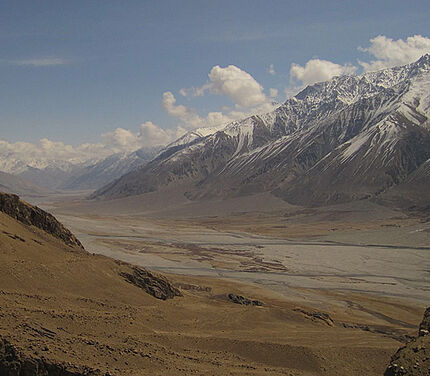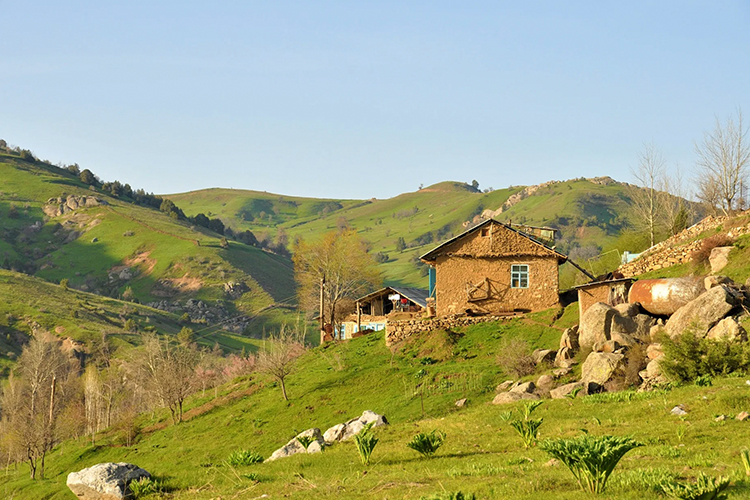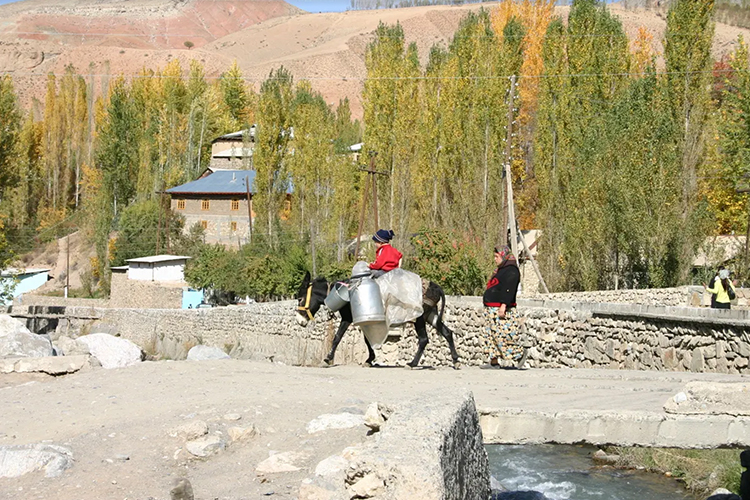ASIA
Tajikistan
Area: 144,100 km²
Geography: The Republic of Tajikistan is located in the southwest of Central Asia. About 93 % of the land is covered with mountains, the Trans-Alay Range in the north and the Pamirs in the southeast. Tajikistan has a continental climate with hot summers and mild winters. The climate in the Pamir Mountains is semiarid to polar. About 34,7 % of the area is agricultural land. (CIA, 2019)
Land Degradation: The two main factors contributing to soil degradation processes in Tajikistan are water and gully erosion. These processes are exacerbated by anthropogenic factors through intensive agricultural development on slopes, as well as unsustainable crop cultivation practices. In 2004, it was estimated that up to 60% of irrigated land is affected by erosion, and at the same time, inefficient irrigation systems and salinization have caused damage to 97% of cultivated land. Additionally, overgrazing reduces vegetative cover and increases erosion and degradation. (ELD, 2016)
Sustainable Land Management: The extent of land degradation in Tajikistan were documented in Tajikistan’s National Development Strategy (NDS) and the Poverty Reduction Strategy (PRS). Efforts to implement sustainable land use are a national priority and measures have been taken to encourage Sustainable Land Management via policies documented in both the Tajikistan National Environmental Action Plan and the Poverty Reduction Strategy of Tajikistan. (UNDP-UNEP, 2012)

ELD ACTIVITIES

-
Policy Brief (2016)
Title: Implementing no-till technology and intensifying gardening productivity creates economic benefits while reducing land degradation.
Authors: Shukarov R., Ergashev M., Shermatov K. & Imaralieava M. with support from the ELD Initiative and CGIAR
Scope and findings: Cost-benefit analyses were undertaken on the current scenario in the Faizobod District as well as two alternative scenarios that are both feasible and economically beneficial. These include the introduction of no-till technology and a shift towards intensive gardening on a limited amount of land currently used. Both alternative scenarios provided to create higher benefits compared to the no action scenario.

CONTACT
ELD Secretariat
E-Mail: info@eld-initiative.org
